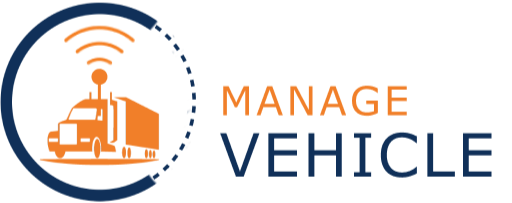
In the past 12 months, Sydney has seen a significant reduction in disruptive over-height heavy vehicle incidents, thanks to targeted measures, increased education, and a renewed focus by the industry.
Following an unacceptable number of incidents that caused serious congestion and safety risks, the National Heavy Vehicle Regulator (NHVR) and Transport for New South Wales (TfNSW) took swift and effective action.
TfNSW increased fines for over-height trucks ignoring low clearance signage to $5500, with drivers also facing 12 demerit points. Additionally, TfNSW can suspend a driver’s licence for up to six months and impose registration suspensions for trucks for the same duration.
The NHVR boosted education efforts through dedicated advertising on social media, radio, and online. A brochure, translated into three languages, was developed to inform drivers on how to avoid these incidents.
Industry partners have played a crucial role in this reduction, supporting driver training and ensuring proper route management and planning. Their ongoing support has been vital.
Since the measures were introduced, the number of over-height truck incidents in New South Wales has dropped to the lowest level since 2017. According to TfNSW, from January to April this year, Sydney saw 19 fewer incidents compared to the same period in 2023, a reduction from 39 to 20 incidents. During this period, TfNSW issued eight registration suspensions and seven licence suspensions for over-height trucks.
Despite these improvements, complacency is not an option. Every incident has the potential to cause traffic chaos, damage infrastructure, and create dangerous conditions for all road users. The NHVR remains vigilant in improving communication strategies to prevent such incidents.
New South Wales has more tunnels and bridges with low clearances of less than 4.6 metres than any other state in Australia. We understand that driving a heavy vehicle presents unique challenges, but there are essential steps to take every time a vehicle hits the road.
Operators should measure heavy vehicle loads before departure, even if the height is believed to be known. Thorough route planning to ensure vehicles only travel on appropriate roads, under suitable bridges, and through proper tunnels is crucial.
No driver or operator wants to be linked to an incident causing major congestion, infrastructure damage, or injuries. Remaining vigilant about vehicle height and travel routes should be a top priority for everyone.







